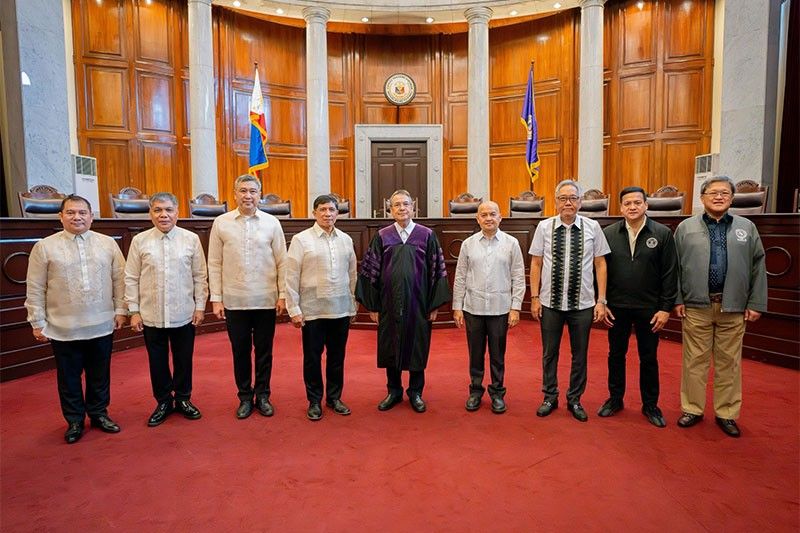
Upgrade to High-Speed Internet for only ₱1499/month!
Enjoy up to 100 Mbps fiber broadband, perfect for browsing, streaming, and gaming.
Visit Suniway.ph to learn
MANILA, Philippines — Pope Leo XIV chose the name “Leo” in honor of a previous pontiff who bore the same name.
In his first meeting with cardinals, Leo — also known as Robert Prevost — said there were “different reasons” behind his choice, but he was primarily inspired by Pope Leo XIII.
He explained that the main reason was Leo XIII’s encyclical "Rerum Novarum," which addressed labor conditions during the Industrial Revolution.
“In our own day, the Church offers to everyone the treasury of her social teaching in response to another industrial revolution and to developments in the field of artificial intelligence that pose new challenges for the defence of human dignity, justice and labour,” Leo XIV told the College of Cardinals on May 10 (Vatican time).
In the same meeting, Leo said the Church must address emerging threats to workers, particularly artificial intelligence, which he believes presents "new challenges for the defense of human dignity, justice and labor.”
“In our own day, the Church offers to everyone the treasury of her social teaching in response to another industrial revolution and to developments in the field of artificial intelligence that pose new challenges for the defence of human dignity, justice and labor,” he said.
Prevost was elected as the 267th leader of the Roman Catholic Church on May 8 (Manila time). Prior to his election, the American-born pontiff was a missionary and a bishop in Peru.
He also became a senior Vatican official with Pope Francis elevating him to the rank of a cardinal-bishop in February 2025.
Who is Leo XIII. Also known as Gioacchino Vincenzo Raffaele Luigi Pecci, he reigned as the pope from 1878 to 1903.
He is known for writing the encyclical "Rerum Novarum" or "Rights and Duties of Capital and Labor," which addressed the conditions of the working class.
Rerum Novarum. Leo XIII's encyclical advocated for the rights of laborers and the formation of unions, emphasizing human dignity in the workplace.
It also upheld the individual's right to private property while condemning both unrestrained capitalism and socialism.
Leo XIII and the Philippines. Leo XIII was pope during the Spanish-American War—a time church historian John Schumacher described as a period of “disarray” for the Philippine Church.
In response, Leo XIII issued the apostolic constitution "Quae Mari Sinico" in September 1902, which aimed to reorganize and reform the Church’s structure in the Philippines.
According to a study by Theologian Daniel Pilario, the encyclical proposed the erection of the Dioceses of Lipa, Tuguegarao, Capiz and Zamboanga, adding to the already existing dioceses at that time.
“This suggested program of reorganization of the Philippine Church contains 12 sections— from the erection of new dioceses and the appointment of their bishops to the issue of the secular-religious clergy and the administration of seminaries; from the running of parishes and the preaching of missions to the restoration of ecclesiastical discipline,” Pilario’s study read.
The same encyclical also recognized the 414-year-old University of Santo Tomas as a pontifical university.
Renewed commitment to Pope Francis’ legacy
Leo also hinted that he would continue the reforms made by Pope Francis, who died on April 21, saying that the late pontiff carried a “precious legacy” that must be carried on.
He urged the cardinals to renew their commitment to major Church reforms enacted by the landmark Second Vatican Council, which the late pope had pushed during his tenure.
“It has been clearly seen in the example of so many of my Predecessors, and most recently by Pope Francis himself, with his example of complete dedication to service and to sober simplicity of life, his abandonment to God throughout his ministry and his serene trust at the moment of his return to the Father’s house,” Leo said.
“Let us take up this precious legacy and continue on the journey, inspired by the same hope that is born of faith,” he added.

 1 month ago
21
1 month ago
21



